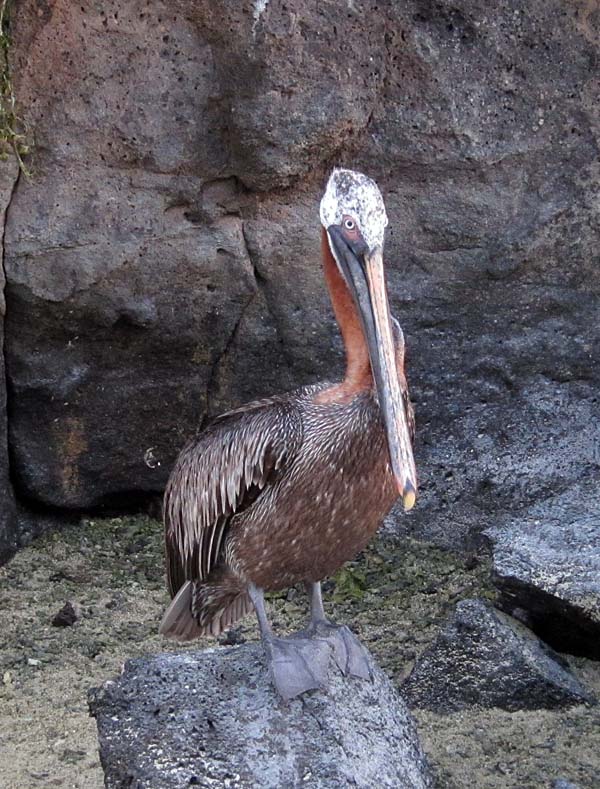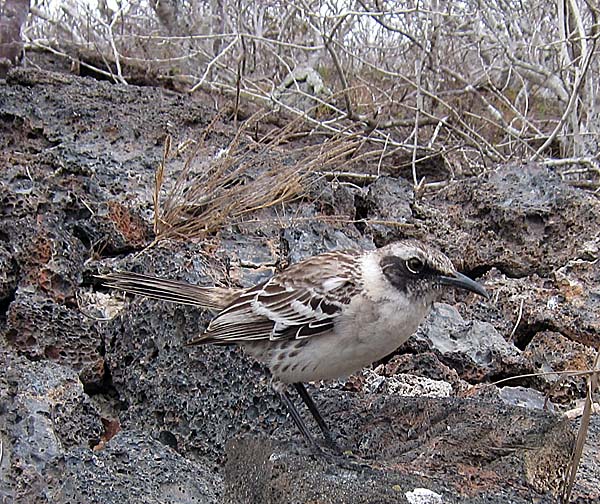Boobies on Tower
Since you probably know that a booby is a bird in the genus Sula, it might help to point out that Tower is a small desert island in the far NE of the Galapagos Archipelago.
So while “Boobies on Tower” might be an attention grabber for most, for Galapagueños, it’s as nonsensical as “Buildings in New York.” Of course there are boobies on Tower – what about them? Well, we saw plenty of both Red-footed and Nazca on the WINGS tour aboard the Integrity this past November. I’ll show some photos and even a couple videos from our 6th day on this cruise as I do some catch-up with my photo backlog.
As we approached the island at dawn, it was clear from the abundance of immature Nazca Boobies that we were approaching an island with a colony.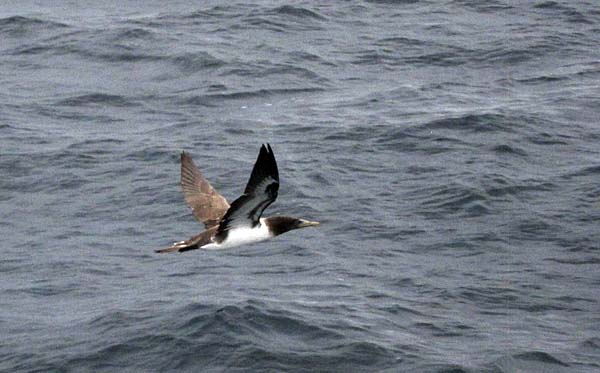
As we had breakfast on the yacht, we moored in calm Darwin Bay, notable for the fact that Darwin never saw this island.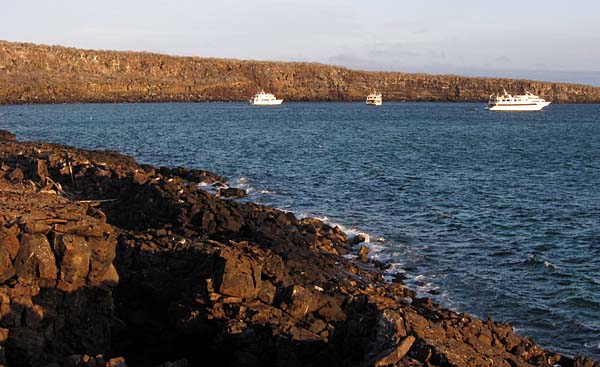
We climbed the famous “Prince Philip’s Steps” up the cliff face known as the “Barraca” to the top of this horseshoe-shaped island and walked the trail out past seabirds and finches.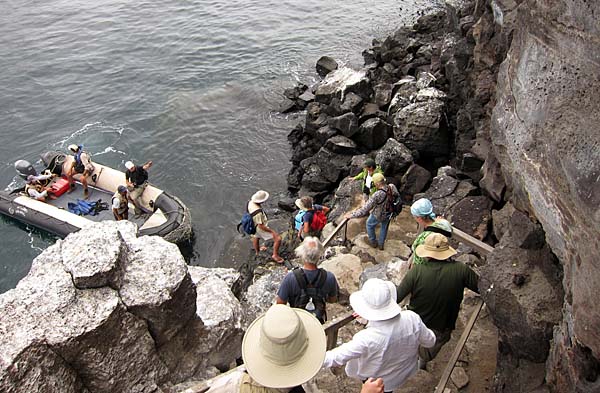
The habitat on top of the island is mostly a Palo Santo woodland – a tree (Bursera graveolens) that can withstand a few years of drought as a leafless skeleton, only to leaf out lushly in response to rain.
Red-footed Boobies – here predominately dark morph individuals – build their nests in these trees. The downy young are white in both morphs.
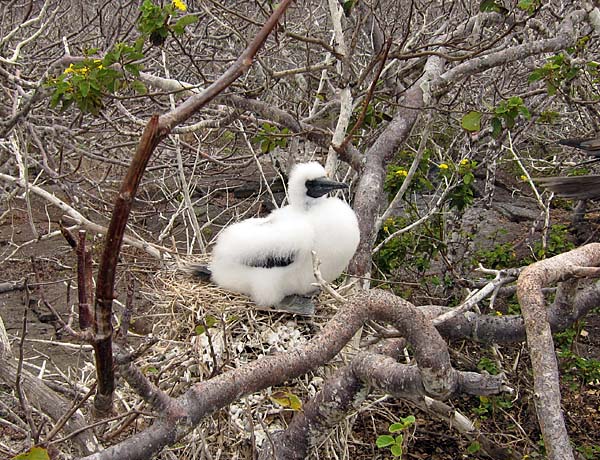
Nacza Boobies, on the other hand, nest on the ground. One thing I like about this photo is how it shows the actual physical impact – the trail – that thousands upon thousands of tourists actually have on this island. For one, it’s not crowded with tourists. And for another, compared to the huge majority of the islands’ area that is completely off limits to any kind of trespass, the actual impact of having people on the ground, in and amongst breeding birds, is incalculably small.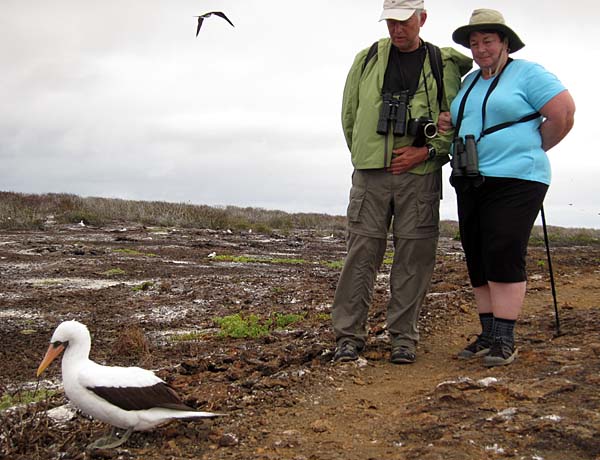
Here’s a video of a male Nazca Booby next to the trail, singing to passing females.
We also saw some nice land birds, such as this Galapagos Mockingbird.
Our only Sharp-beaked Ground-Finches were here.
And a few Large Cactus-Finches.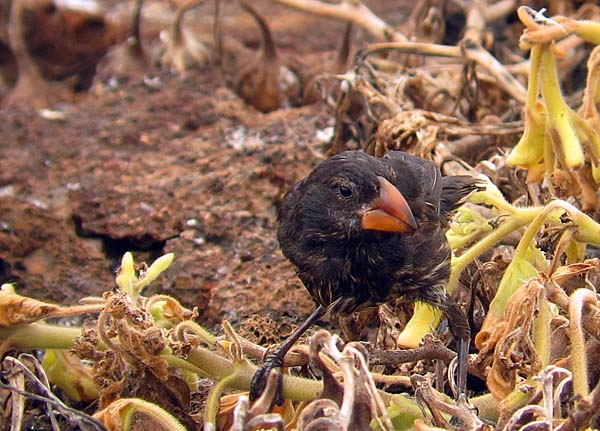
This Large Ground-Finch (video below) was eating the famous Tribulus seeds (read Beak of the Finch by Jonathan Weiner), but I found it fascinating how it unearthed the fruits by using its beak as an anchor to kick back the heavy gravel with both feet simultaneously. How many species of birds do this?
I find the plants here also fascinating and beautiful. This is a morning glory.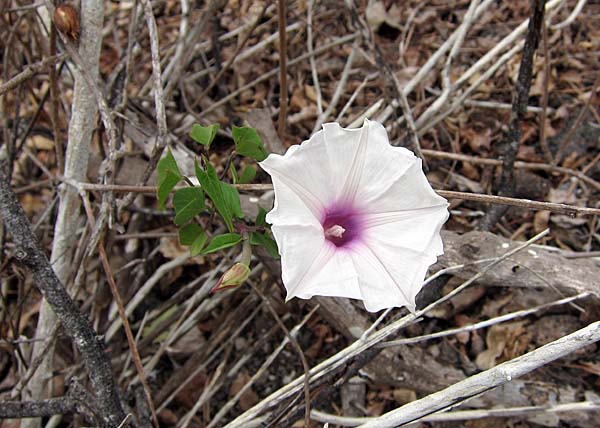
A sandmat in the euphorbia family, Chamaesyce amplexicaulis.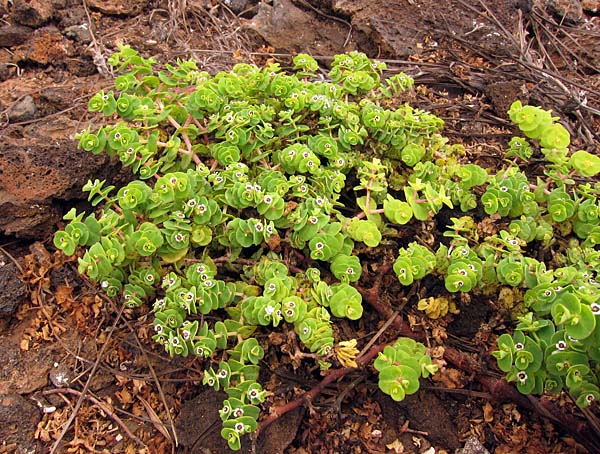
And the food for some of the larger-beaked finches, Tribulus cistoides. Here in Arizona, we call this puncture-vine or goats-head, as the thorn-bearing seed heads do nasty things to your bicycle tires.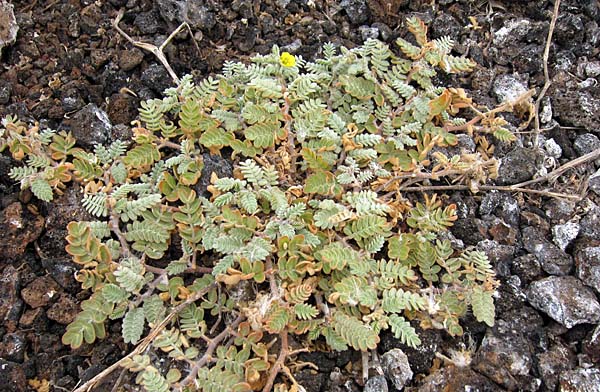
This is Waltheria ovata, fomerly in Sterculiaceae, along with cacao, but that family is now part of the larger Malvaceae.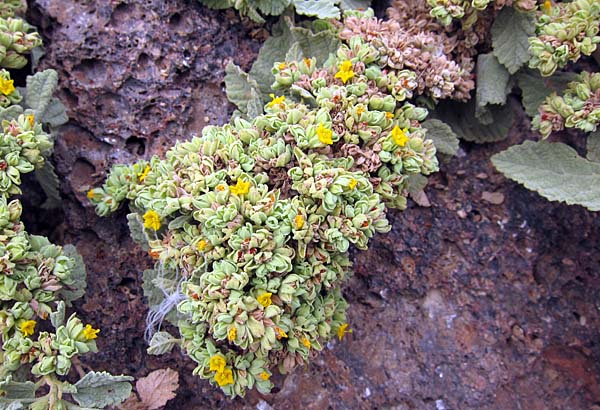
I’ve yet to see weather humid enough to support these lichens, so they must be able to withstand long periods of drought.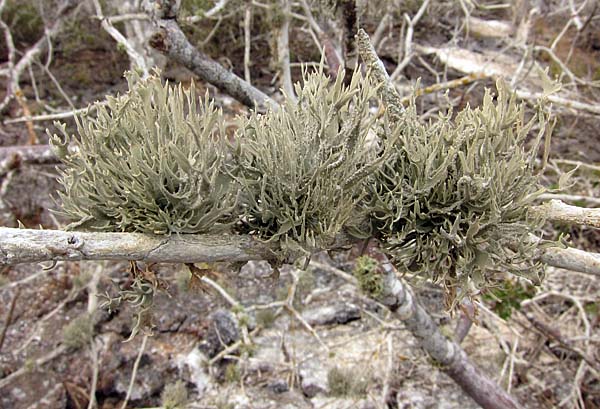
We had some productive snorkeling along the cliffs, then took a panga ride where we got great views of Red-billed Tropicbirds going in and out of their nest cavities.
We finished the day with a walk into the mangroves and onto the lava flow at Darwin Beach.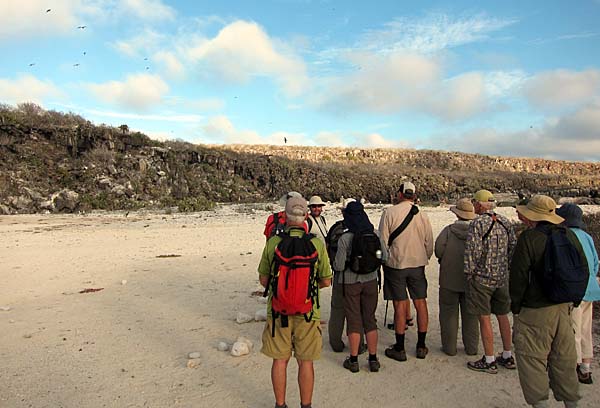
One of the first birds to greet us was the extremely local Lava Gull, one of the rarest gulls in the world.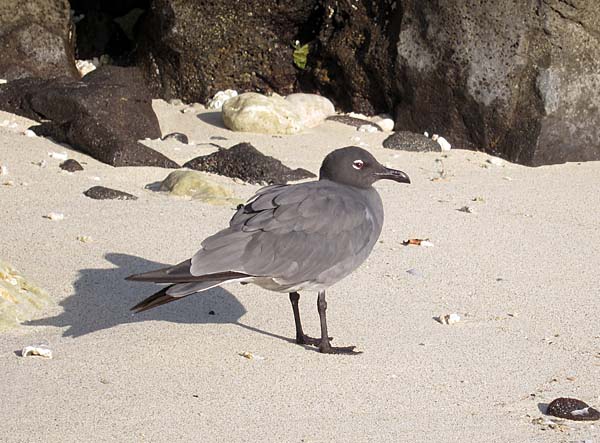
We walked right through a nesting colony of seabirds.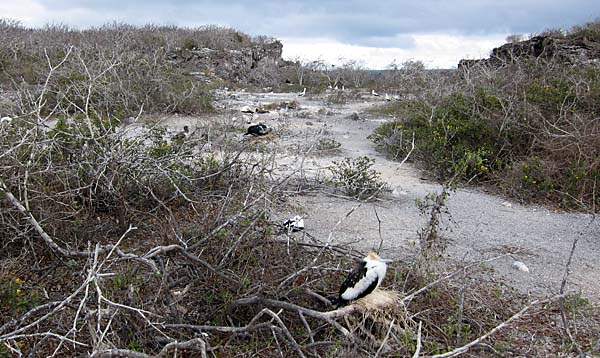
Including our first Great Frigatebirds.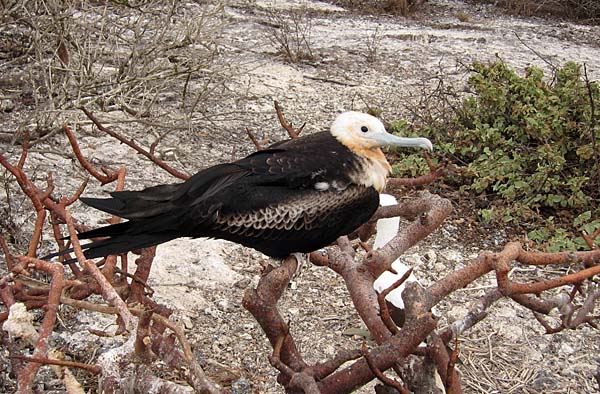
Pairs of the beautiful Swallow-tailed Gull were common here.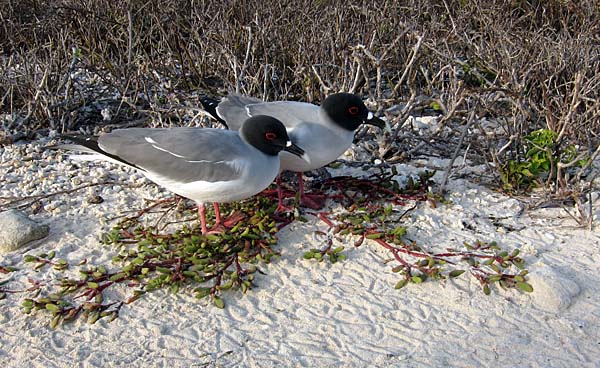
This juvenile is quite different from the parents, and the big eye (for nocturnal foraging) is even more obvious.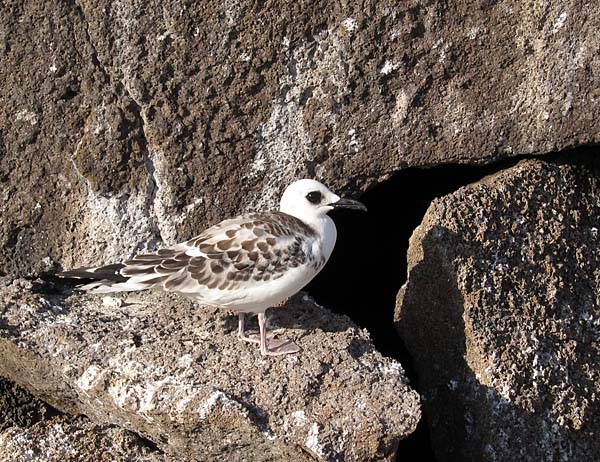
This last photo is of the endemic subspecies of Brown Pelican, Pelecanus occidentalis urinator. What at first seems like a ridiculous and vulgar trinomial actually is from the Latin for “plunge” or “dive.”